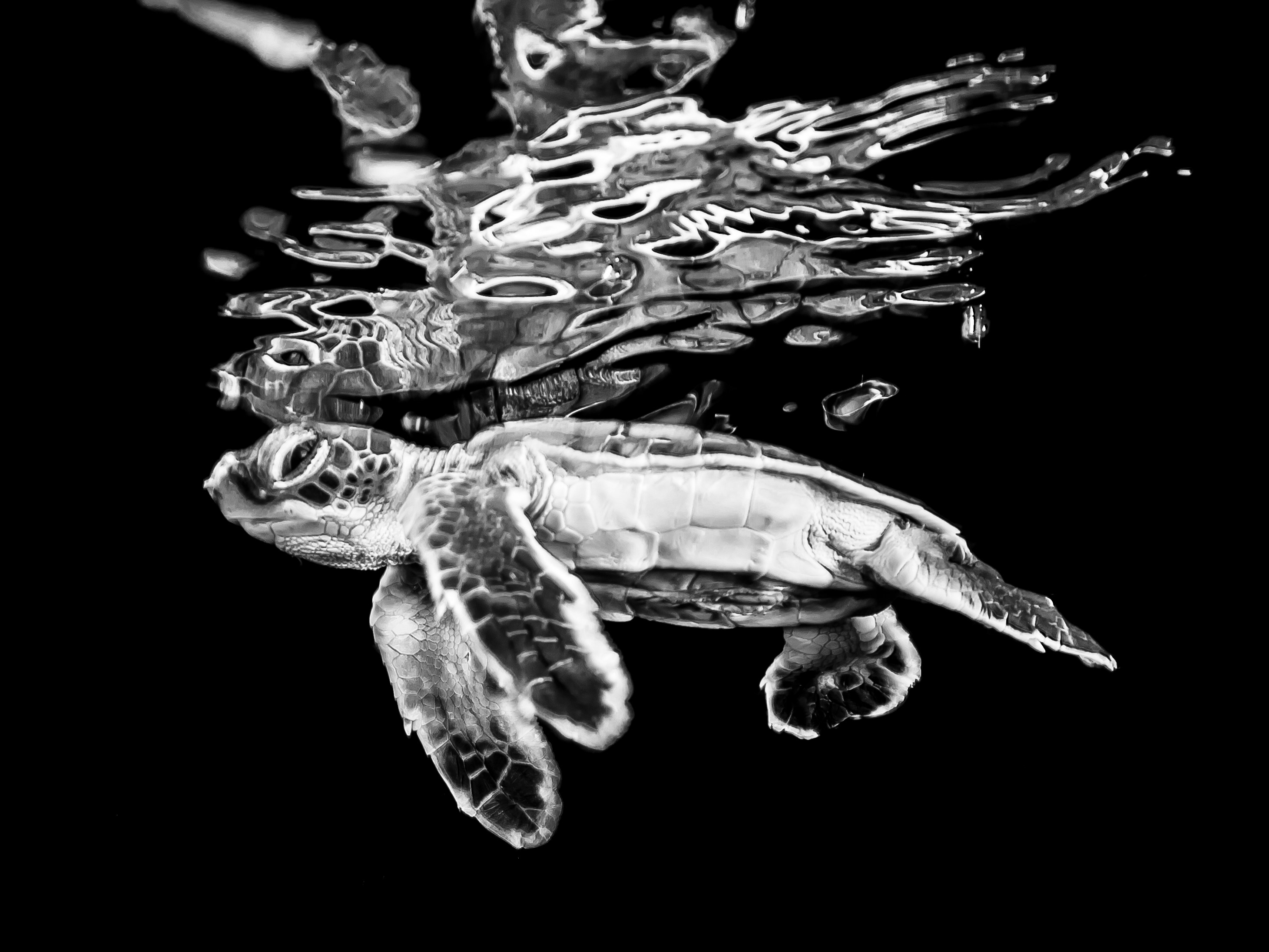Sloths: Life in the Slow Lane takes readers on a stunning visual journey into the rainforest canopies of South and Central America where they literally come face to face with the world’s slowest and most misunderstood mammals.
The 140 page book is written by Dr. Rebecca Cliffe, one of the world’s authorities on sloths and Founder and Executive Director of the Sloth Conservation Foundation. The book is illustrated by rare and striking photographs of sloths in the wild taken by renowned wildlife photographer, Suzi Eszterhas. Together, Suzi and Rebecca spent months on end in the mosquito-ridden rainforests of Costa Rica where they slowly gained the trust of a female sloth with a newborn baby. They then ventured to the isolated and uninhabited island of Isla Escudo de Veraguas in Panama to document the little-known spectacle of swimming pygmy sloths. Here they endured jellyfish stings, being caught in a tropical storm at sea and a real-life stranding on a desert island. Perhaps the most challenging species to photograph, however, was the elusive maned sloths of Brazil. Driven almost to extinction by poaching and habitat loss, these shy and mysterious animals rarely emerge from the dense forest canopy. After spending 84 relentless hours searching in the jungle, they eventually had just 1 hour photographing a sloth.




